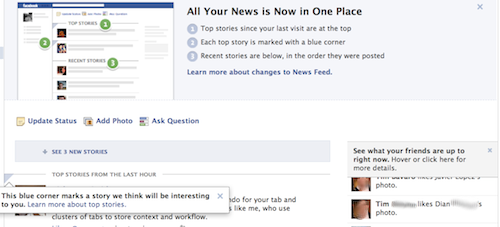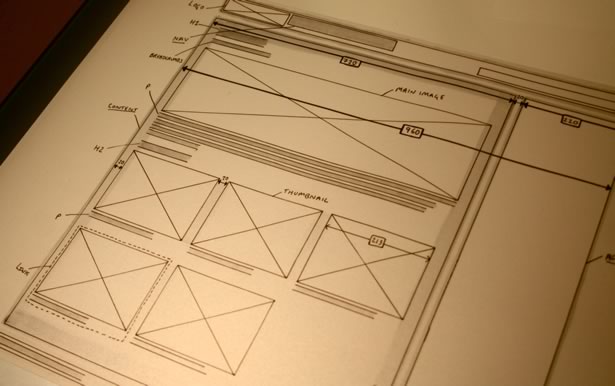Users part of the initial roll out of the news feed redesign announced yesterday are also receiving several other unannounced changes to Facebook’s interface. These include an expansion of the character limit on posts from 500 to 5,000, a rollout of the floating navigation bar we saw tested last week, the ability to edit bookmarks in the home page’s left navigation bar, and a more convenient way to leave birthday greetings. Over the last few days Facebook has also buried the poke button within a drop down menu, and removed the ability to accompany a friend request with a message.
By launching these interface alterations now rather than amongst other sweeping updates at the f8 developer conference on Thursday, Facebook may be able to reduce the shock to users. The timing will also help the site keep attention focused on Platform-related updates that directly impact developers. Unfortunately, the combination of so many changes with the prompts necessary to explain them gives the home page a foreign look that may turn off some users.





